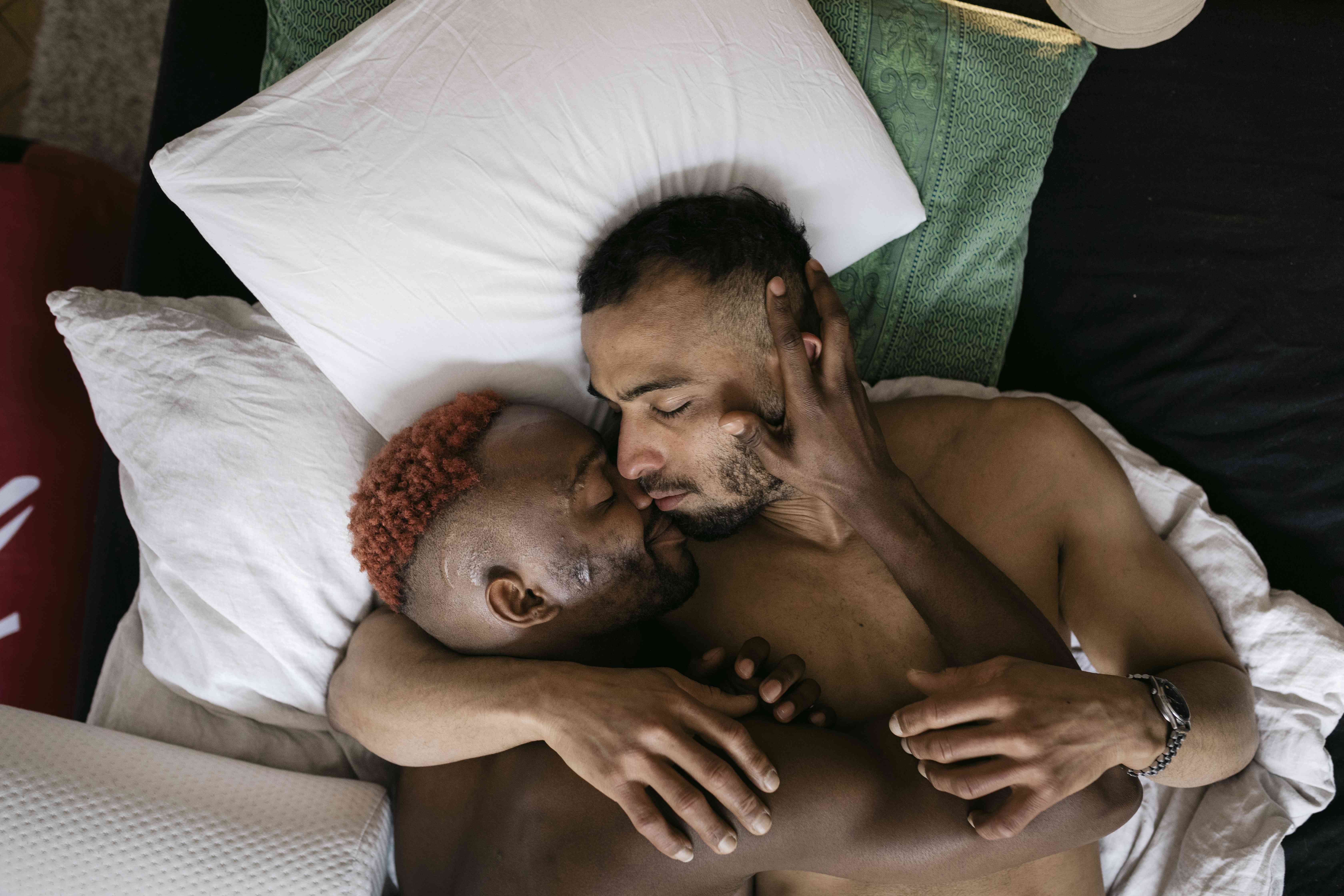2024 has been dubbed the year of a “mass lesbian awakening.” For the first time, lesbian identities and stories are taking center stage in popular culture, with music, film, and literature delving deeply into the nuances of lesbian life. This surge, often referred to as the “Lesbian Renaissance,” has reshaped media, especially with platforms like TikTok, and productions such as I Kissed a Girl, Loves Lies Bleeding, Bottoms, and Drive Away Dolls.
Despite this newfound visibility, the renaissance has mainly spotlighted white lesbian voices. On social media, figures like Chappell Roan, Renee Rapp, and Billie Eilish are celebrated, while their lyrics and performances have pushed representations of lesbian sexuality into mainstream culture.
Yet, this emphasis on white lesbian figures overlooks the historical contributions of Black lesbian artists, dating back to the Harlem Renaissance in the 1920s. Icons like Ma Rainey and Gladys Bentley openly expressed their sexuality through music. Historian Octavio R. González highlights how, for Black Americans, Harlem provided an escape from Jim Crow-era prejudice, allowing artists to explore and celebrate queer relationships.
Today, Black artists like Janelle Monáe, Victoria Monet, and Kehlani continue this legacy, although their contributions often go unrecognized in mainstream commentary. Monáe’s 2018 video Pynk, for instance, featured bold imagery and her relationship with Tessa Thompson, but coverage often overlooked the video’s queer themes, reducing it to a message of female empowerment rather than queer visibility.
In the face of this erasure, grassroots efforts like Krü Maekdo’s Black Lesbian Archives work to preserve and celebrate Black lesbian culture. Yet, even in recent queer media, Black lesbians often remain sidelined, with shows like I Kissed a Girl primarily featuring white-centric narratives.
A truly inclusive lesbian renaissance would celebrate Black queer women as integral to this cultural movement, challenging the dominance of white norms and reflecting the diversity within the lesbian community. Embracing intersectionality in lesbian representation is essential to building a space that resists prejudice and uplifts all voices


























0 Comments